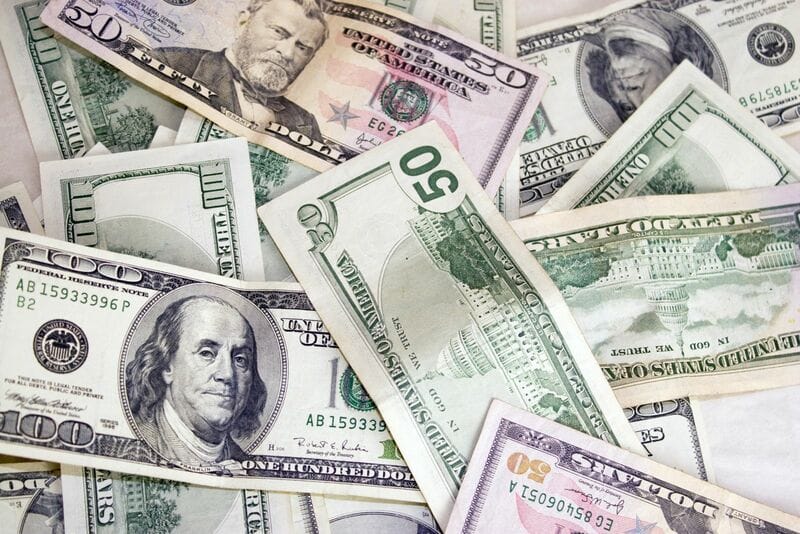
The dollar index (DXY00) on Thursday fell by -0.48%. An unexpected downward revision Thursday to U.S. Q4 GDP weighed on the dollar. Also, stronger-than-expected German inflation news Thursday was hawkish for ECB policy and pushed the euro higher against the dollar. In addition, a rally in U.S. stocks Thursday reduced the liquidity demand for the dollar.
Wednesday’s U.S. economic data was bearish for the dollar. Weekly initial unemployment claims rose +7,000 to 198,000, showing a slightly weaker labor market than expectations of 196,000. Also, Q4 GDP was revised downward to 2.6% (q/q annualized) from +2.7% as Q4 personal consumption was revised down to +1.0% from +1.4%.
Fed comments on Thursday were mostly on the hawkish side. Minneapolis Fed President Kashkari said, "the services part of the economy has not yet slowed down, and wage growth is still growing faster than what is consistent with our 2% inflation target. That tells me the Fed has more work to do to bring the services side of the economy back into balance." Also, Boston Fed President Collins said, "inflation remains too high, and recent indicators reinforce my view that there is more work to do, to bring inflation down to the 2% target associated with price stability."
On the dovish side, Richmond Fed President Barkin said he remains undecided on how Fed officials should adjust interest rates at the May FOMC meeting, citing uncertainty in both inflation and consumer demand as well as additional fallout from the banking crisis.
EUR/USD (^EURUSD) on Thursday rose by +0.54%. The euro moved higher Thursday after economic news showed German Mar CPI rose more than expected, pushing the 10-year German 10-year bund yield up to a 2-week high and strengthening the euro’s interest rate differentials. Also, reduced European banking concerns support EUR/USD after ECB Executive Board member Schnabel said that Eurozone banks had not seen a loss of deposits despite the recent financial stability concerns.
Germany Mar CPI (EU harmonized) eased to +7.8% y/y from +9.3% y/y in Feb but was still above expectations of +7.5% y/y.
Spain Mar CPI (EU harmonized) eased to +3.1% y/y from +6.0% y/y in Feb, the slowest pace of increase in 20 months.
Eurozone Mar economic confidence unexpectedly fell -0.3 to 99.3, weaker than expectations of an increase to 100.0.
ECB Executive Board member Schnabel said that Eurozone banks have not seen a loss of deposits despite the recent financial stability concerns, and "for now, the banking sector looks rather resilient."
USD/JPY (^USDJPY) on Thursday fell by -0.26%. The yen Thursday posted moderate gains as Japan’s fiscal year-end and quarter-end on Friday have sparked some repatriation of yen back to Japan. Also, lower T-note yields Thursday were supportive of the yen.
April gold (GCJ3) on Thursday closed up +13.40 (+0.68%), and May silver (SIK23) closed up +0.523 (+2.23%). Precious metals Thursday closed moderately higher, with silver climbing to an 8-week high. A weaker dollar Thursday was supportive of metals prices. Silver also rose as easing banking concerns are positive for economic growth and industrial metals demand. In addition, fund buying of gold continues as gold holdings in exchange-traded funds (ETFs) rose to an 8-week high Wednesday. However, Thursday’s economic news that showed an easing of Mar consumer prices in Germany and Spain curbed demand for gold as an inflation hedge and was bearish for gold prices.
On the date of publication, Rich Asplund did not have (either directly or indirectly) positions in any of the securities mentioned in this article. All information and data in this article is solely for informational purposes. For more information please view the Barchart Disclosure Policy here.






